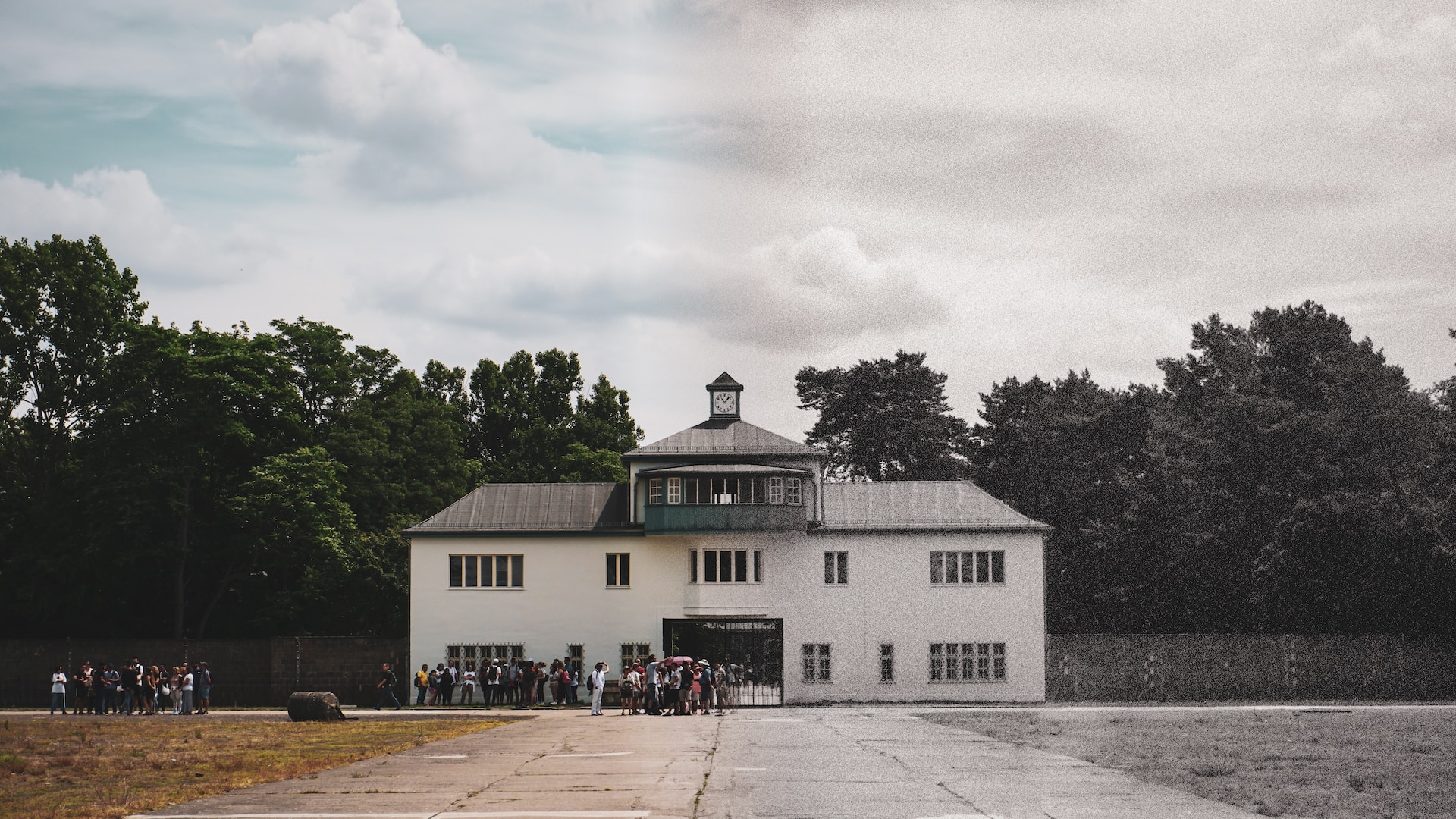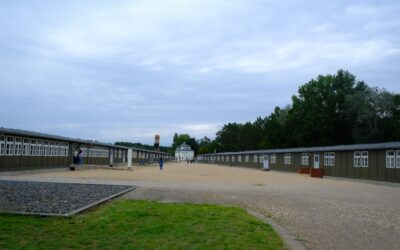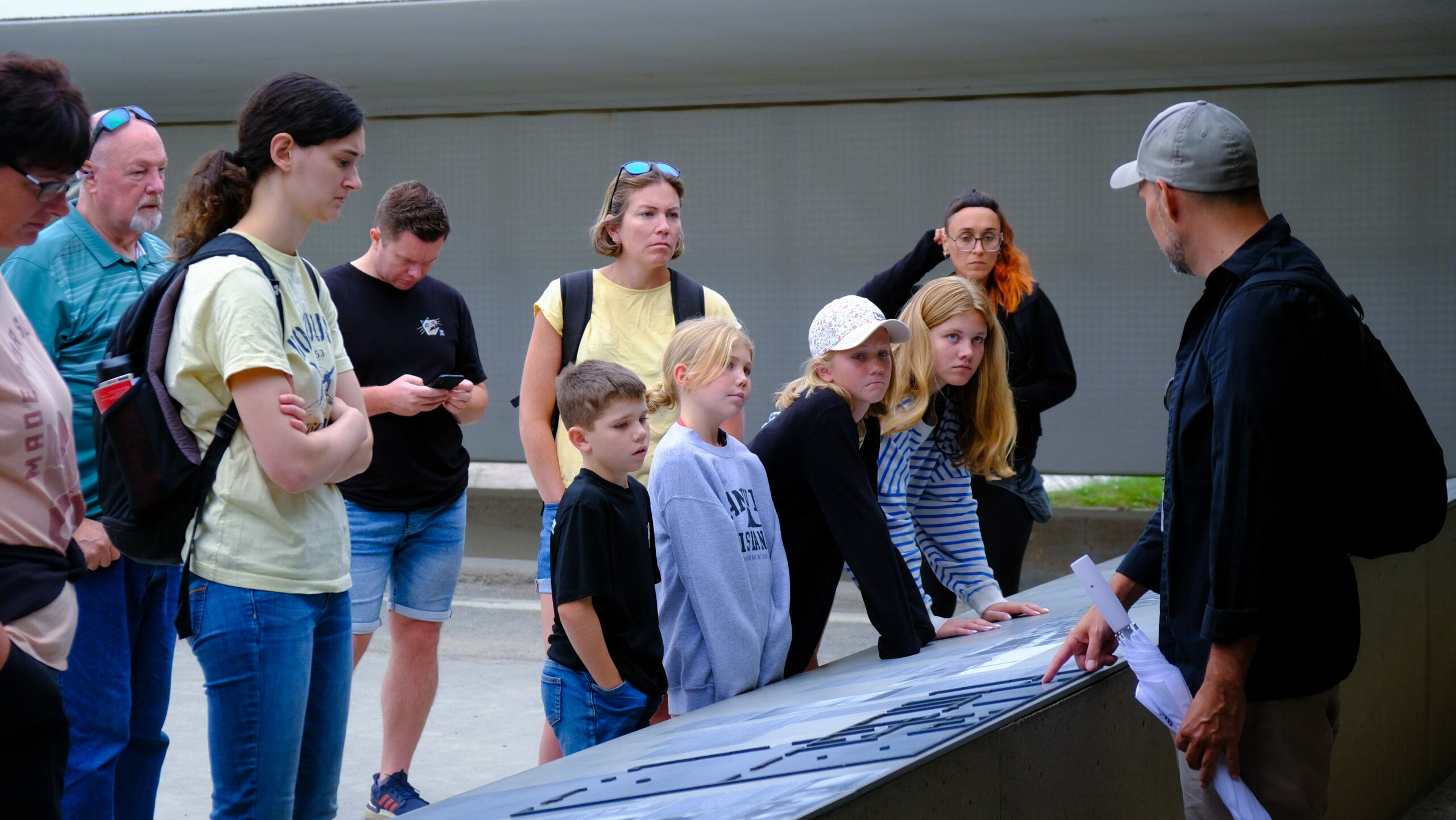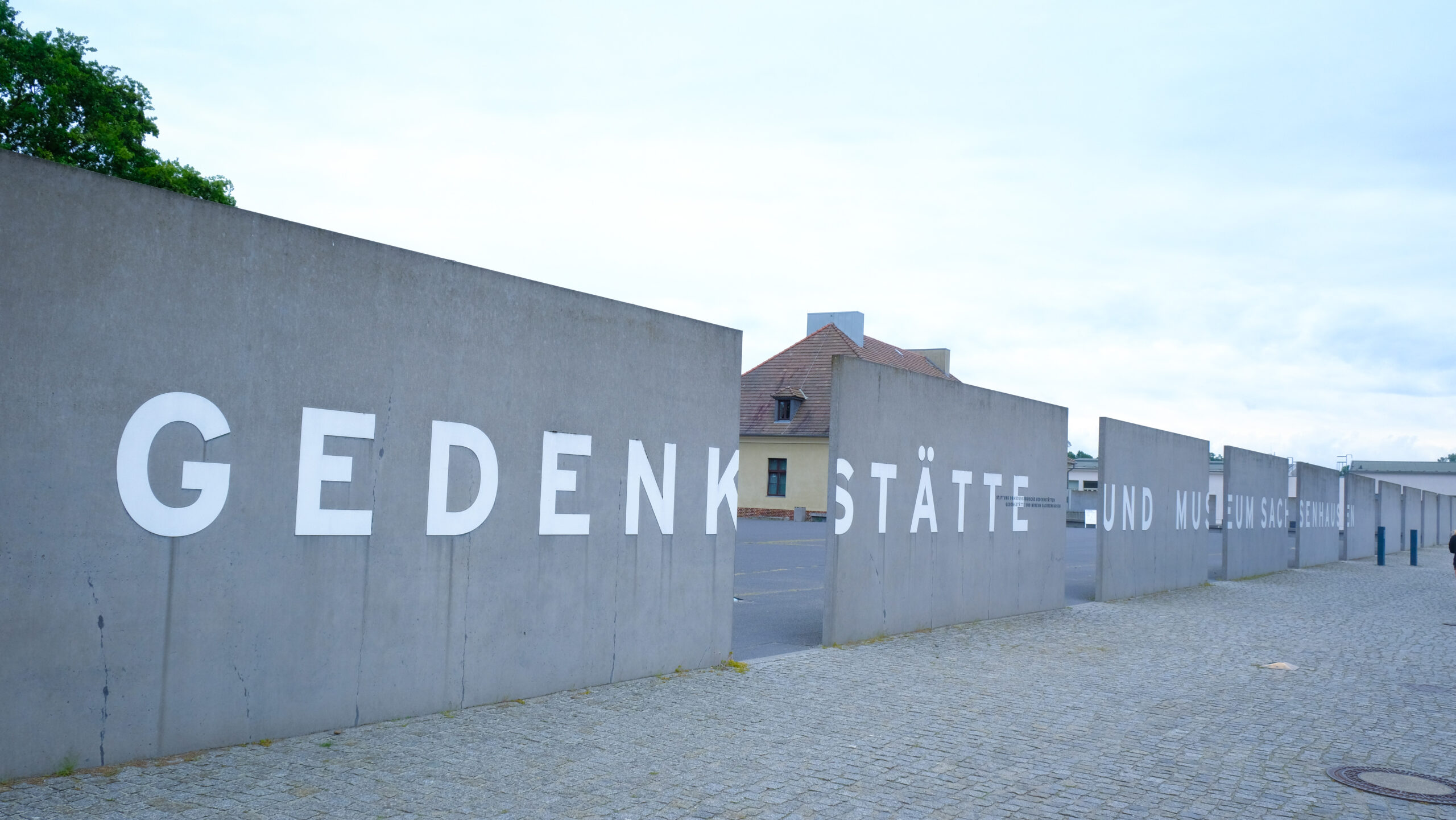As we delve into the history of Germany, one crucial topic that arises is the existence of concentration camps. Concentration camps played a significant role during World War II, particularly in Germany and Berlin. In this blog post, we will explore what concentration camps were, their purpose, and their impact on individuals and society.
What Are Concentration Camps?
They were detention centres which were developed during the World War II by Germany’s dictator, Adolf Hitler’s regime. These camps are known then to have housed a number of groups of persecuted people, namely Jews, political prisoners, homosexuals, Romani people, and disabled people.
Originally they were intended to detain and annihilate every person who the Nazis considered to be inferior or a danger to the Third Reich. Myriads of the inhabitants of these horrific places perished or were severely tormented while millions of others died innocent.
The concentration camps of Germany
During Second World War, Germany had many concentration camps scattered in different region of the country. Focusing the geographical locations, initially in 1933, Dachau the suburb of Munich became the first camp in Germany. This camp set the platform for the other later characterized camps, it was an index to the systemized elimination of those considered undesirables.
There are other infamous German concentration camps such as the Auschwitz, Buchenwald, Ravensbrück and Sachsenhausen. These camps operating under ghastly conditions imprisoned certain groups of people, compelled them into labor, experimented on them medically, starved them, and killed them in mass as part of processes meant to eliminate them.
The freeing of these camps by the other聯合.elementAtaries uncovered the dreadful ruthlessness with which the Nazis treated their victims and affirmed of the unpleasant side of past human history.
Concentration Camps in Berlin
Berlin also located in Nazi Germany also saw the creation of some of the concentration camps. An important camp was Nazi concentration camp in Oranienburg, nearer to Berlin than to Potsdam, known as Sachsenhausen. It was built up as a prototype of the camp and as an office for the whole concentration camp complex.
Sachsenhausen contained all kinds of prisoners, opponents of the regime, Jews, and others. The architecture and design were set in compliance with the camp regulations thereby affording maximum control and supervision. The individuals selected for determining the role of the extermination camp are as follows Pohl : In charge of Economic Administration Simpson: SS officers camp Mordach: Major role played in extermination Major : Training of new recruits Dickinson : Transport systems
Traditions as well as the Significance of Remembrance
The fact that concentration camps were located in Germany and Berlin is a painful historical fact that will imprints the cruelty of people to their minds. It helps humanity to learn as to why such events happened and makes people understand that those injustices have to be stopped so that the ideals of liberty, equality and justice are respected.
Today a lot of these concentration camp sites are museum or memorials that are available for public visitation. These sites are meant to allow the visitor to learn about history and provide them with the impetus to have empathy, compassion and duty to fight discrimination and to respect human rights.
Conclusion
Concentration camps were also among the specialties of Germany and Berlin in WWII. To some of them, they depicted some of the lowest points in human history, when prejudice, hatred and authoritarians reign. Any possibility to remember and inform people about those actions should be discussed as long as we would like not to witness such actions and make people and societies more tolerant.




